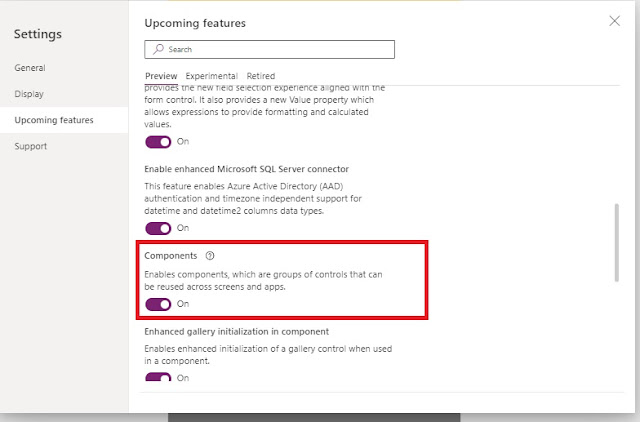PL 400: build reusable component libraries (Create canvas apps)
Generally, component based approach is one of the great approaches to development which ensures reusability, better performance and manageable. Each component provides special features or functions that make up a loosely coupled independent component in the application.
In the Power platform, Microsoft provides a unique tool for creating custom user interfaces by drag and drop. The name of this tool is Canvas Apps. The tool provides special features which is known as components which are independent and reusable building blocks that allow us to quickly build the UI for the app.Components serve as the app building blocks in a canvas app. Canvas app controls can be added and configured inside a component in the same way that they can be added and configured inside a screen. In addition, custom properties can be added to components to enable data communication between the component and the app. Saved components become available for reuse through the Insert tab.
The component is not a default feature in canvas apps, it is in preview mode as of today, so it needs to enable this feature in the setting option in canvas apps.
After enable this option, it is available in the tree view in the Canvas App.
Such components create a more modular, portable and reusable set of well-defined functionalities in the app, but these components work under the app, but now Microsoft provides new facility to build reusable component libraries that share the same functionality to other developers which will work on all apps similarly and control changes from one location.
In the App option under Power app maker portal, there is new option for create the component libraries.
After the creation of Reusable component libraries, it will visible like below:
In the new Canvas app, there is a Get More Components option that help to import reusable component libraries:
After the import reusable component libraries, these libraries are available in the tool bar (Tree View):
Conclusion:
Components provide the reusable building blocks in a canvas app, but a component library provides a centralized and managed repository of components for reusability. These libraries act like containers of components that all apps can use.


















Comments
Post a Comment